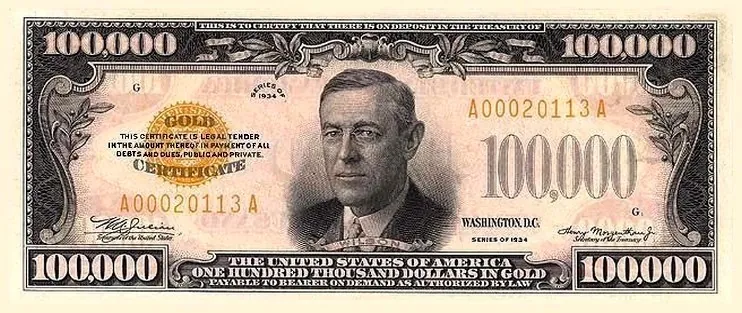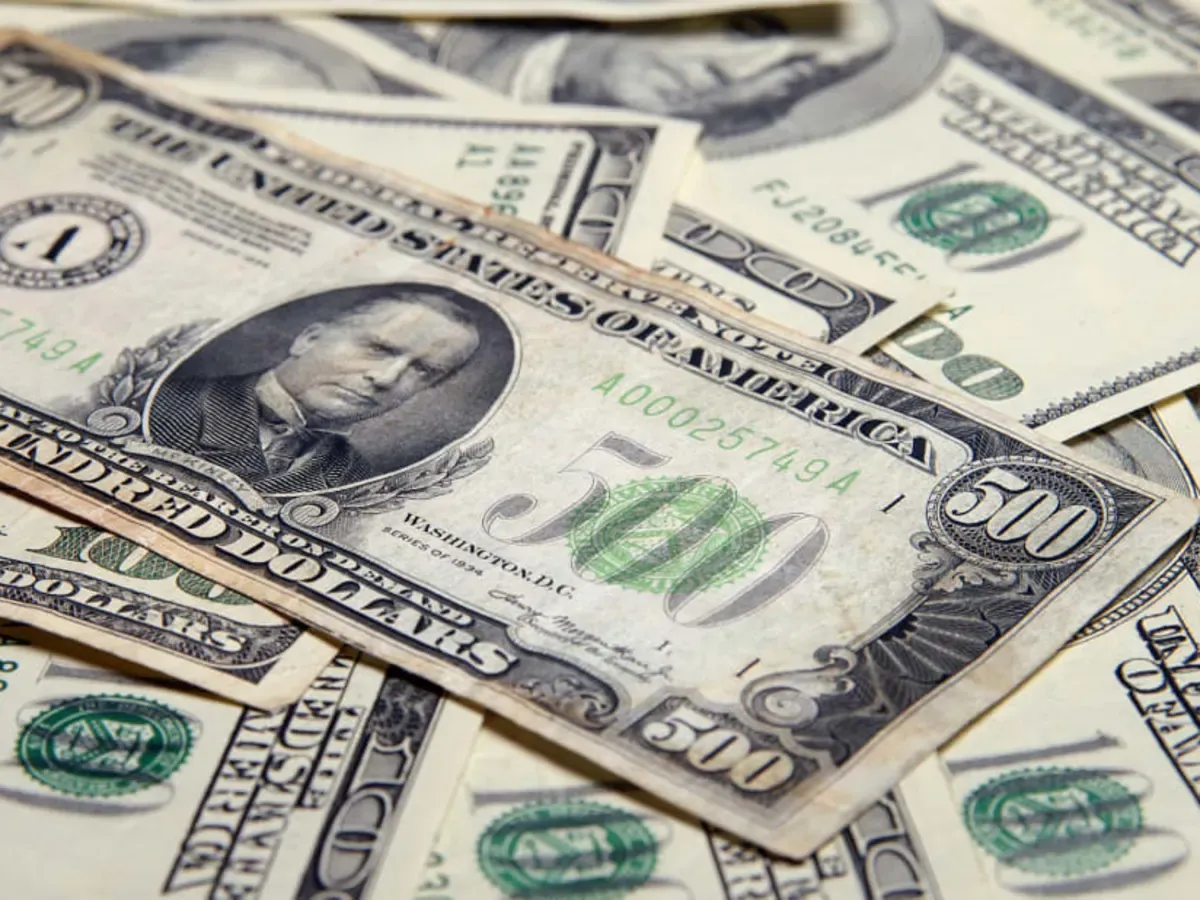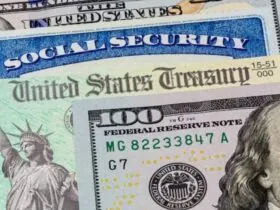For most of us, seeing a $100 bill in our wallet feels like a big deal. But once upon a time, far larger denominations circulated in the United States, including $500, $1,000, $5,000, $10,000, and even $100,000 bills. Although they are no longer printed or actively used, these high-value bills are coveted treasures among collectors, offering a glimpse into the nation’s financial past.
A Brief History of High-Denomination Currency
This Article Includes [hide]
The largest denominations of U.S. paper money were last printed in 1945. By 1969, the Treasury Department and Federal Reserve discontinued their use due to declining demand and the increasing risk of counterfeiting. Modern banking systems and electronic transfers have largely eliminated the need for these bills, making them relics of a bygone era.
While these notes are technically still legal tender, they rarely circulate today. The $100,000 bill, featuring President Woodrow Wilson, was never issued to the public and was strictly used for interbank transactions.
Why Are High-Denomination Bills So Valuable?
Collectors value these bills not just for their rarity but also for their historical significance and unique designs. The condition of the bill plays a critical role in determining its worth. Uncirculated examples of certain denominations, such as a 1928 $1,000 bill with a gold seal, can fetch upwards of $20,000 at auction.
Noteworthy High-Denomination Bills
$500 Bill

The $500 bill is a collector’s favorite, featuring designs that honor influential historical figures.
1918 Blue Seal Series
This series portrays John Marshall, the fourth Chief Justice of the U.S. Supreme Court, who shaped American constitutional law. The reverse side depicts Hernando de Soto discovering the Mississippi River in 1541.
1928 and 1934 Green Seal Series
Known as Federal Reserve Notes, these $500 bills display a portrait of William McKinley, the 25th President of the United States, who was assassinated during his second term in office.
$1,000 Bill

The $1,000 bill remains one of the most sought-after pieces of currency.
1928 Gold Seal
Bills from this series are particularly rare and valuable, with pristine examples valued at over $20,000.
1934 Series
Featuring Alexander Hamilton or Grover Cleveland, these notes were primarily used in large financial transactions.
$5,000 Bill

This bill features James Madison, the fourth U.S. President and a key architect of the Constitution. Printed in limited numbers, it was primarily used for interbank transfers and significant transactions.
$10,000 Bill

With a portrait of Salmon P. Chase, who served as Treasury Secretary during the Civil War, this bill represents the peak of financial rarity and history.
$100,000 Bill

Issued exclusively for government use in 1934, this bill features Woodrow Wilson and was used strictly for interbank transactions. It never entered public circulation, making it a unique piece of fiscal history.
Collecting High-Denomination Bills
Collectors often seek these rare bills at auctions or through specialized dealers. Their value is influenced by factors such as:
Condition: Uncirculated bills hold the highest value.
Rarity: Limited print runs or discontinued series make certain bills exceptionally rare.
Historical Significance: Bills featuring prominent figures or unique designs appeal to collectors and history enthusiasts alike.
Conclusion
High-denomination U.S. bills represent a fascinating intersection of history, artistry, and economic evolution. Though they no longer serve their original purpose, their legacy continues as prized collectibles. Whether you’re a seasoned collector or a curious beginner, these bills provide a tangible link to the financial history of the United States.











Leave a Reply